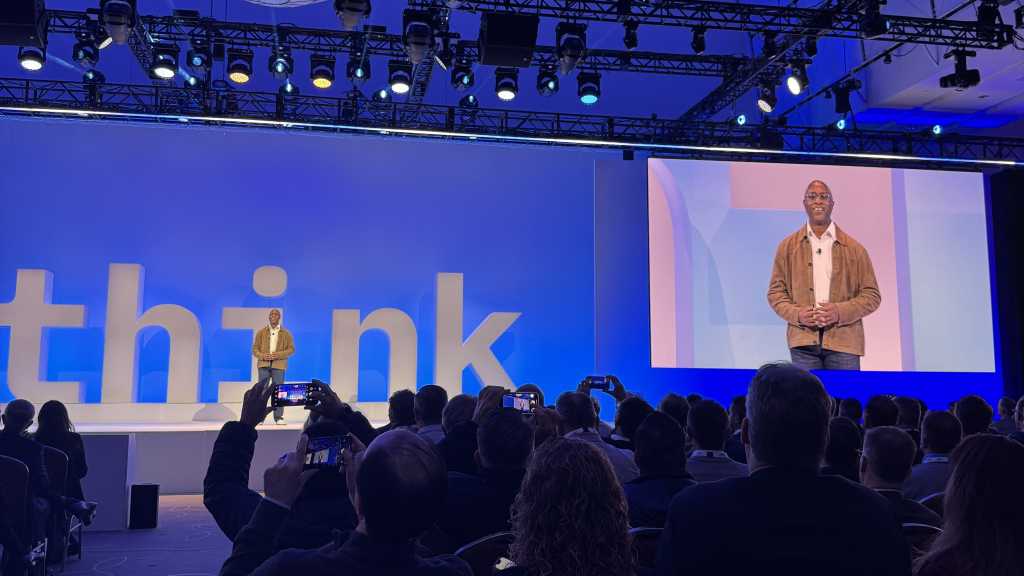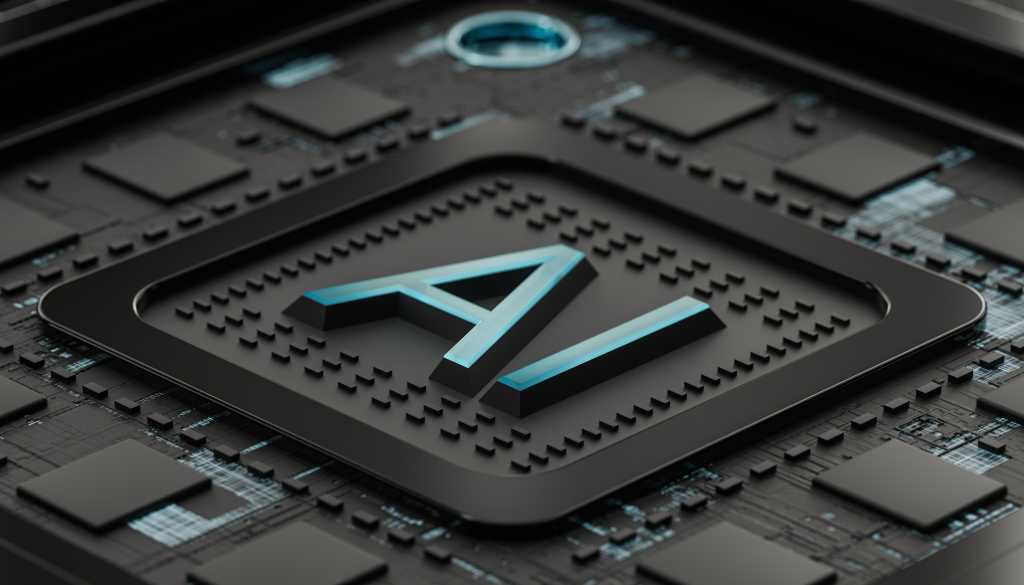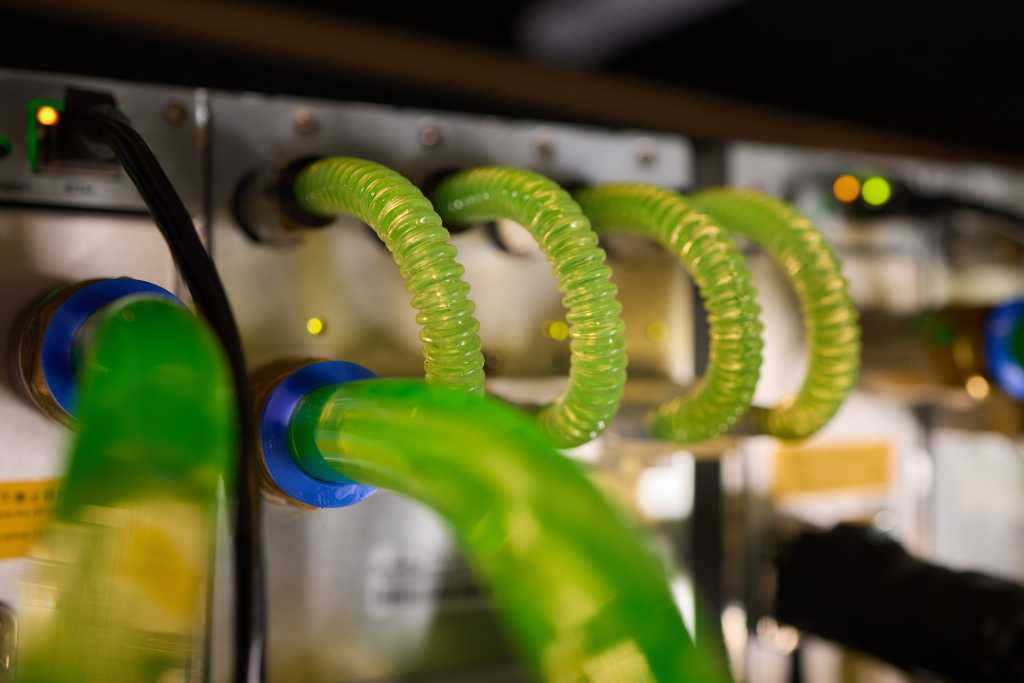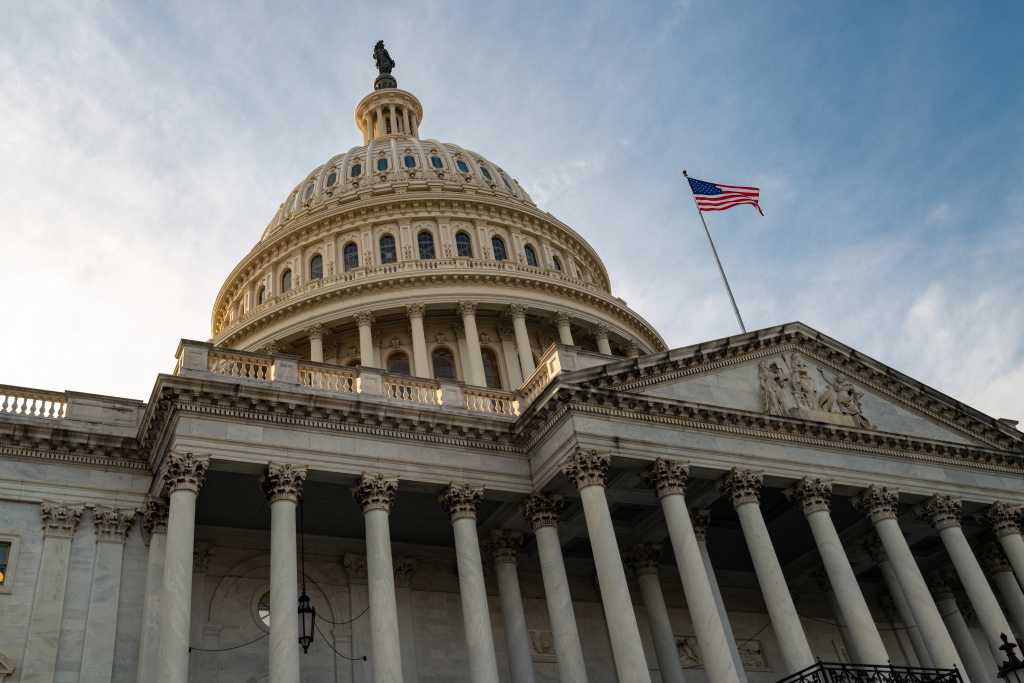In this week’s Charging Forward, Eku Energy acquires a portfolio of seven UK battery energy storage system (BESS) projects from Bluestone Energy, while Gresham House leads industry criticism of Ofgem and NESO.
This week’s headlines:
- UK BESS operators criticise long-duration energy storage scheme ‘bias’
- Eku Energy acquires Bluestone Energy’s UK BESS portfolio
- Zenobe wades into UK zonal pricing debate
- Balance Power’s Hinksford BESS approved
- SAE secures £8.5m 240 MWh Welsh BESS
- E.ON and Superdielectrics collaborate on polymer-based energy storage
- International news: Gelion achieves sulphur battery breakthrough
UK BESS operators criticise long-duration energy storage scheme ‘bias’
A group of UK BESS operators have written an open letter criticising UK authorities over its long-duration energy storage (LDES) revenue support plans.
The firms, led by Gresham House, say there are significant flaws in the upcoming LDES cap and floor scheme which, they believe, will create “arbitrary barriers to entry” lithium-ion BESS projects.
Other UK firms to sign the open letter include Zenobe, Field Energy, Eku Enegy, Harmony Energy, Adaptogen Capital and Voltwise Power.
Together, the group represents 36% of the UK’s current operational BESS capacity.
The group claims changes to the LDES scheme could save UK consumers as much as £2.22 billion compared to “unproven” technologies such as liquid air energy storage.
 © Supplied by Highview Power
© Supplied by Highview PowerThe Department for Energy Security and Net Zero (DESNZ) initially said in January 2024 that it would exclude lithium-ion batteries from the LDES support scheme.
However, officials subsequently said lithium-ion BESS would be eligible if they meet specific criteria, including a minimum eight-hour duration.
But the group of developers said analysis from LCP Delta shows BESS is the “most competitive” LDES technology, adding the current scheme could “risk jeopardising” the government’s 27 GW target for shorter duration battery deployment by 2030.
The analysis also suggests the government’s LDES plans will “artificially favour pumped storage hydro technology”, the group said.
The firms also criticised pumped storage hydro projects as “less efficient, slower to build, more damaging to the environment and more costly” compared to BESS.
The open letter called on UK regulator Ofgem to perform a full cost benefit analysis of the LDES cap and floor.
UK government has ‘anti-battery bias’, Gresham House says
Gresham House Energy Storage Fund portfolio manager Ben Guest said the UK government has “had an ongoing anti-battery bias”.
“This is despite batteries having very low and falling costs and being technically proven,” Guest said.
“It has instead been investing in unproven, uncompetitive technologies and made way for them in the LDES cap and floor scheme by providing them with a separate support mechanism to shield them from competition.”
Guest said the government should instead set broad market structures and allow businesses to “get on with delivering the solutions”.
“Getting this right is a not only a key test for the UK’s clean energy ambitions, but also an essential metric for private sector investability in this sector and the wider economy, at an absolutely critical time to demonstrate the UK is lowering the barriers for inbound investment,” he said.
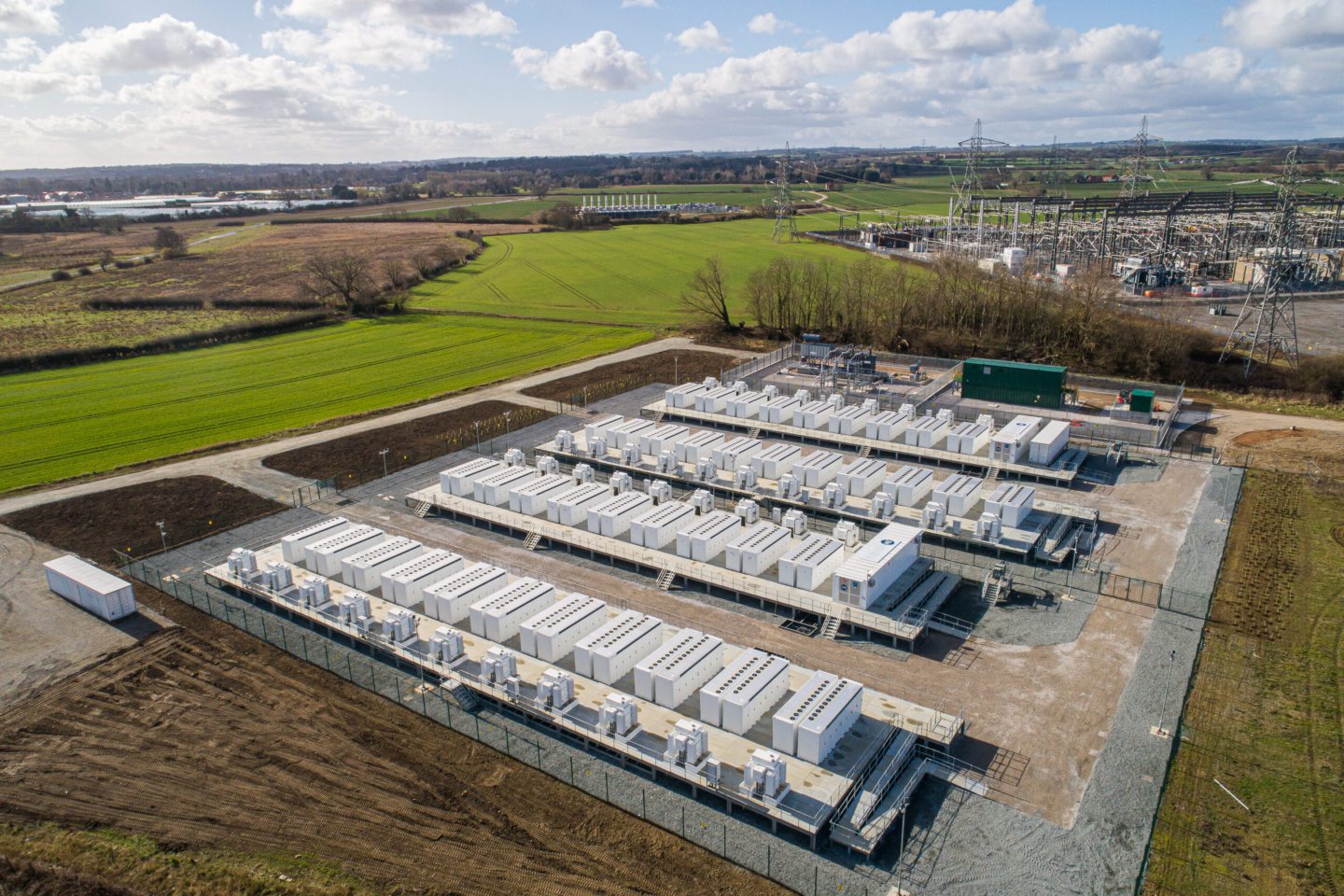 © Supplied by Harmony Energy
© Supplied by Harmony Energy“In the current economic environment, pressure is building to prove that cleaner energy means cheaper energy.
“With the very ambitious timetable to deliver Clean Power by 2030, consumers and taxpayers cannot afford to subsidise electricity system designs that deliver biased solutions or mean subsidising commercially unviable technologies, when cheaper, readily scalable and mainstream infrastructure has already been rolled out to tackle exactly this issue.”
In response to the open letter, a DESNZ spokesperson said: “Storing energy is key to reaching our 2030 mission and we are reversing a legacy that has seen no new long-duration storage built for forty years.
“The cap and floor scheme will support large projects which can provide continuous energy over eight hours when the grid requires it. This is technology-neutral and all battery developers can apply if they meet the eligibility criteria.
“There are also over 30 GW of lithium-ion battery projects with planning permission, meaning we are on track to meet the short-duration storage ambitions set out in the Clean Power Action Plan.”
Eku acquires Bluestone UK BESS portfolio
Battery storage developer Eku Energy has acquired a portfolio of seven UK BESS projects from Bluestone Energy.
Eku did not disclose the value of the deal with Bluestone, which will add to the London-headquartered company’s three existing BESS projects in the UK.
Altogether, Eku said the seven projects have a combined capacity of 1 GW/2 GWh.
The projects include a 98 MW/196 MWh project at Leatherhead in Surry and a 98 MW/196 MWh project at Sturts Farm in Dorset.
The transaction, which is expected to complete in the first half of 2025, also includes two 240 MW projects in East Sussex and Kent.
Eku and Bluestone established a joint development agreement covering BESS projects in 2022.
Eku Energy chief executive Daniel Burrows said the acquisition of the Bluestone portfolio aligns with the company’s plans to “create utility-scale energy storage projects for the long term”.
“The growth of our project portfolio signifies our optimism and commitment to the United Kingdom’s clean energy market,” he said.
“Acquiring the Bluestone portfolio provides Eku Energy with additional flexibility to offer firm commitments to our customers faster.”
Bluestone Energy chief executive Freddy White said the sale represents a “significant achievement” for the company.
“We are proud to have contributed to the growth of the energy storage market and are confident that Bluestone Energy will continue to bring many more high-quality projects to the market that are successfully energised,” he said.
Alongside its UK portfolio, Eku is developing BESS projects in Italy, Australia and Japan.
The company is jointly owned by Australia’s Macquarie Asset Management and Canada’s British Columbia Investment Management Corporation (BCI).
Zenobe wades into UK zonal pricing debate
Battery storage developer Zenobe has warned that the UK government will put its ‘clean power by 2030’ target at risk if it introduces zonal electricity pricing.
Zenobe said DESNZ has “never prioritised batteries” and that grid flexibility has “long been overlooked by Number 10”.
The firm said the UK government has instead relied on “outdated markets and systems that were originally designed for gas generation”.
Despite this, Zenobe said developers have deployed more than 5 GW of battery storage across Great Britain in a “success story” for the government, NESO and consumers.
“But that success is now at risk and we cannot afford to be complacent,” Zenobe said.
“Uncertainty around zonal pricing is already slowing battery investment.”
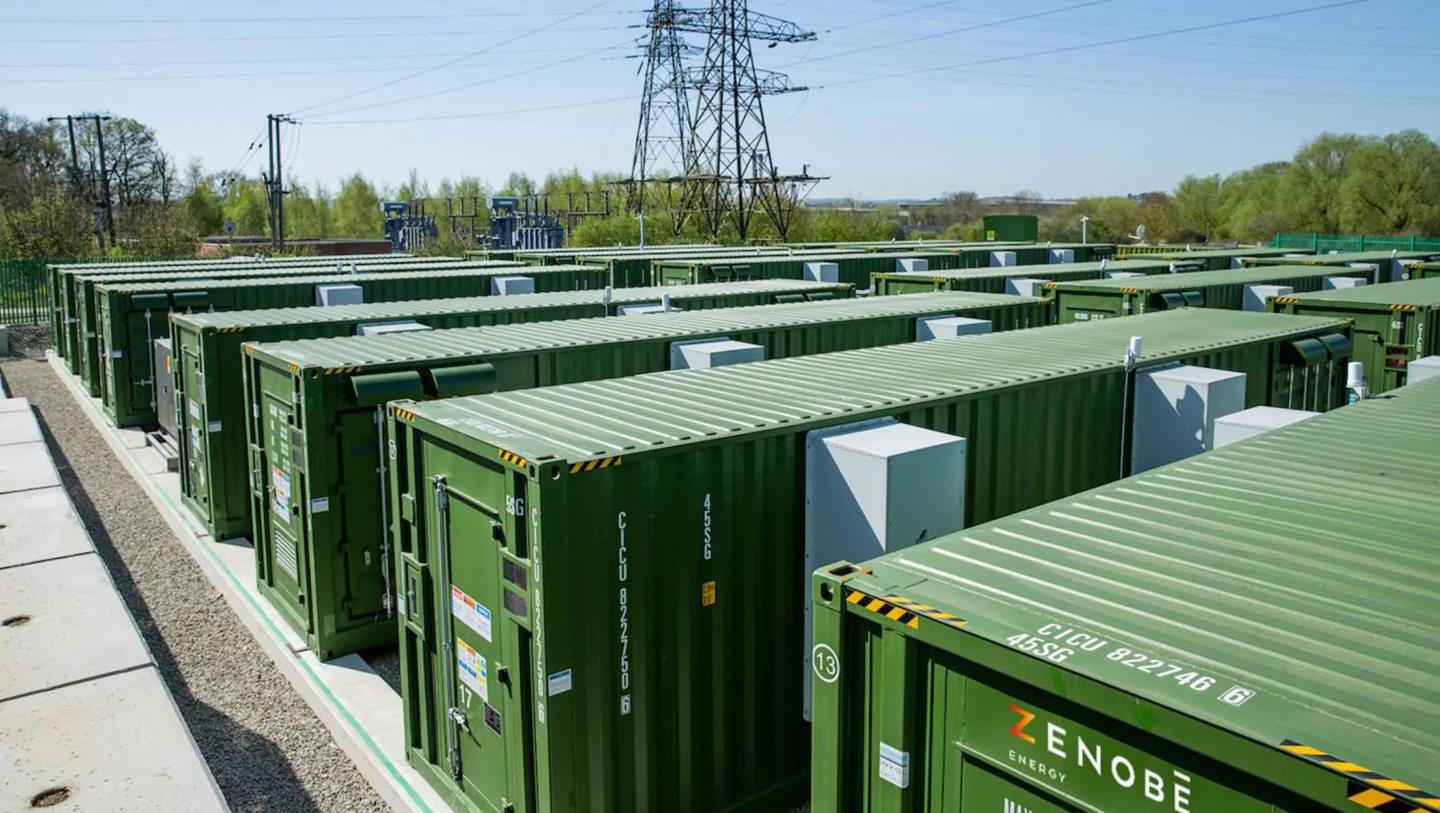 © Supplied by Zenobe
© Supplied by ZenobeZenobe said the prospect of zonal pricing has “slashed investor confidence and is inhibiting battery build-out”.
In addition, the company said batteries are “entirely overlooked” when it comes to “legacy or transitional arrangements” to address investor uncertainty.
Zenobe said DESNZ has “not engaged with the battery sector on the impact of zonal pricing and shows little understanding of how BESS works”.
Implementing zonal pricing would stall deployment, increase reliance on gas and raise costs for consumers, Zenobe said, putting 2030 clean power targets “at risk”.
The company called on the UK to introduced an “enhanced national pricing” approach, which prioritises battery storage and low-carbon flexibility instead.
Balance Power’s Hinksford BESS approved
UK battery storage developer Balance Power has secured planning approval for a 49.5 MW BESS project in Hinksford, South Staffordshire.
The Hinksford project consists of 36 battery units and will reduce CO2 emissions by about 18,300 tonnes annually, Balance Power said.
Balance Power planning manager Dan Levy said the project will have a “sizeable impact” on Hinksford through the creation of construction and operational jobs.
“This project will be pivotal for balancing out the supply and demand of renewable energy as the UK transitions to net zero and these sources become an ever-growing segment of our national energy mix,” Levy said.
Balance Power said the Hinksford BESS is expected to be operational by autumn 2026.
Across the UK, the company has secured planning consent for 34 BESS projects and has delivered 452 MW of battery storage, with a 1.9 GW development pipeline.
SAE secures £8.5m for 240 MWh Welsh BESS
Renewable energy developer Simec Atlantis Energy (SAE) has secured an £8.5m loan from the Cardiff Capital Region to progress its Afon Wysg 1 (AW1) BESS project.
The £65m 240 MWh BESS is located at SAE’s Uksmouth Sustainable Energy Park (USEP) on the site of two former coal-fired power stations near Newport.
SAE said the loan will be provided in two tranches, with the first enabling the company to order long-lead items such as a 132kV transformer.
The first tranche will also allow SAE to pay Enso Green Holdings Limited £3.85m after it took full ownership of AW1 in August last year.
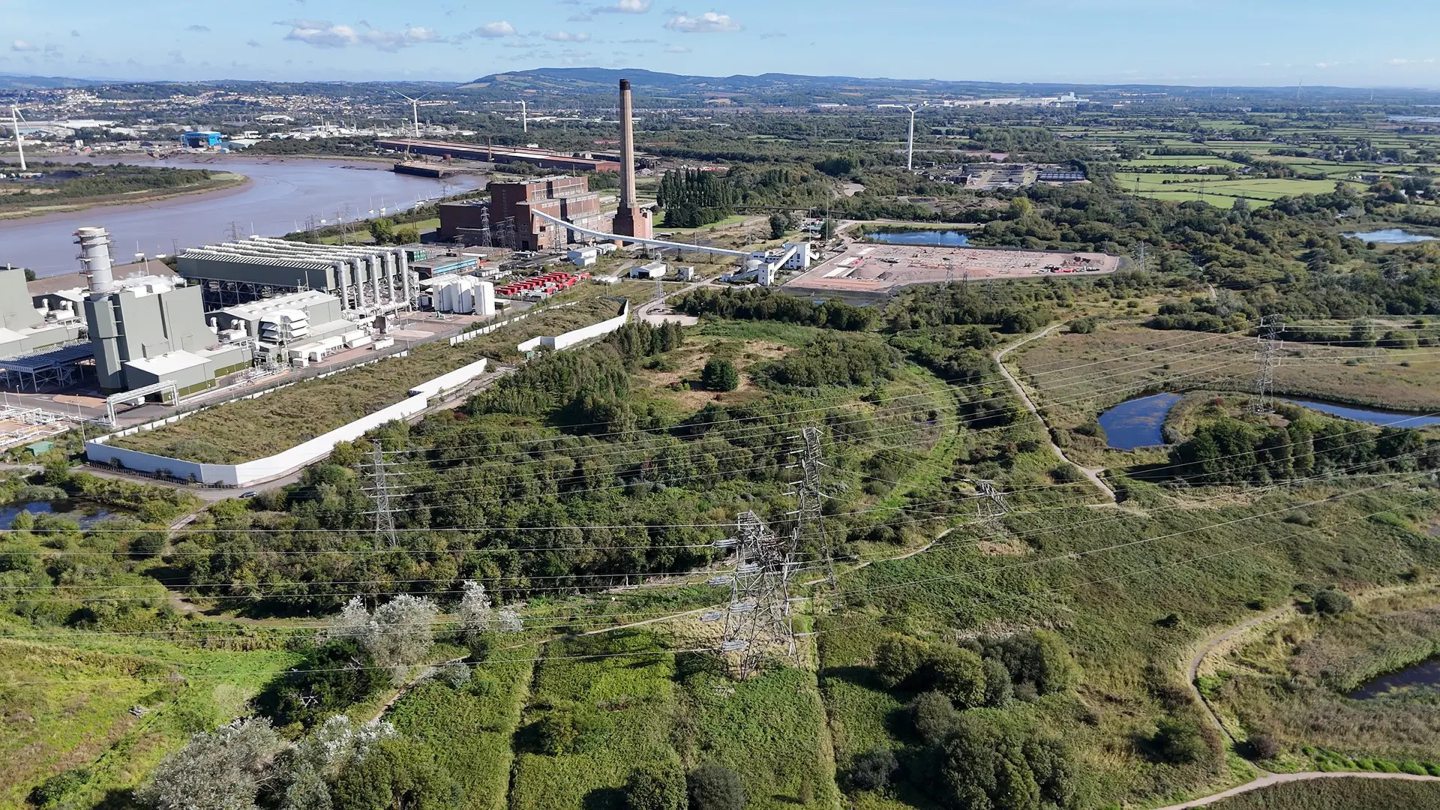 © Supplied by SAE
© Supplied by SAEThe second tranche will be released when the second phase AW2 project receives planning permission, which is expected later in 2025.
AW2 could see the BESS site double in size to reach 480 MWh capacity.
SAE chief executive Graham Reid said the £8.5m loan is a “strategic investment in a critical project for the region”.
He added that delivery of the AW1 project is key to delivering on SAE’s strategy to become a “leading sustainable project developer”.
Alongside the AW1 BESS, SAE has also invested heavily in UK tidal stream energy including the MeyGen project in Scotland’s Pentland Firth.
SAE is also planning to build a 1200 MWh BESS project connected to the MeyGen project.
E.ON and Superdielectrics collaborate on polymer-based energy storage
German multinational E.ON is set to collaborate with Cambridge-based Superdielectrics on a “revolutionary” polymer-based energy storage technology.
Superdielectrics said its residential energy storage unit has the potential to reduce electricity bills by up to 85% without rooftop solar.
The technology uses a polymer membrane similar to contact lens material, which E.ON said has benefits around cost, safety and sustainability.
The Faraday 1 polymer-based battery can also complete a full charge in just 30 minutes, and is made using non-flammable materials without the use of rare metals.
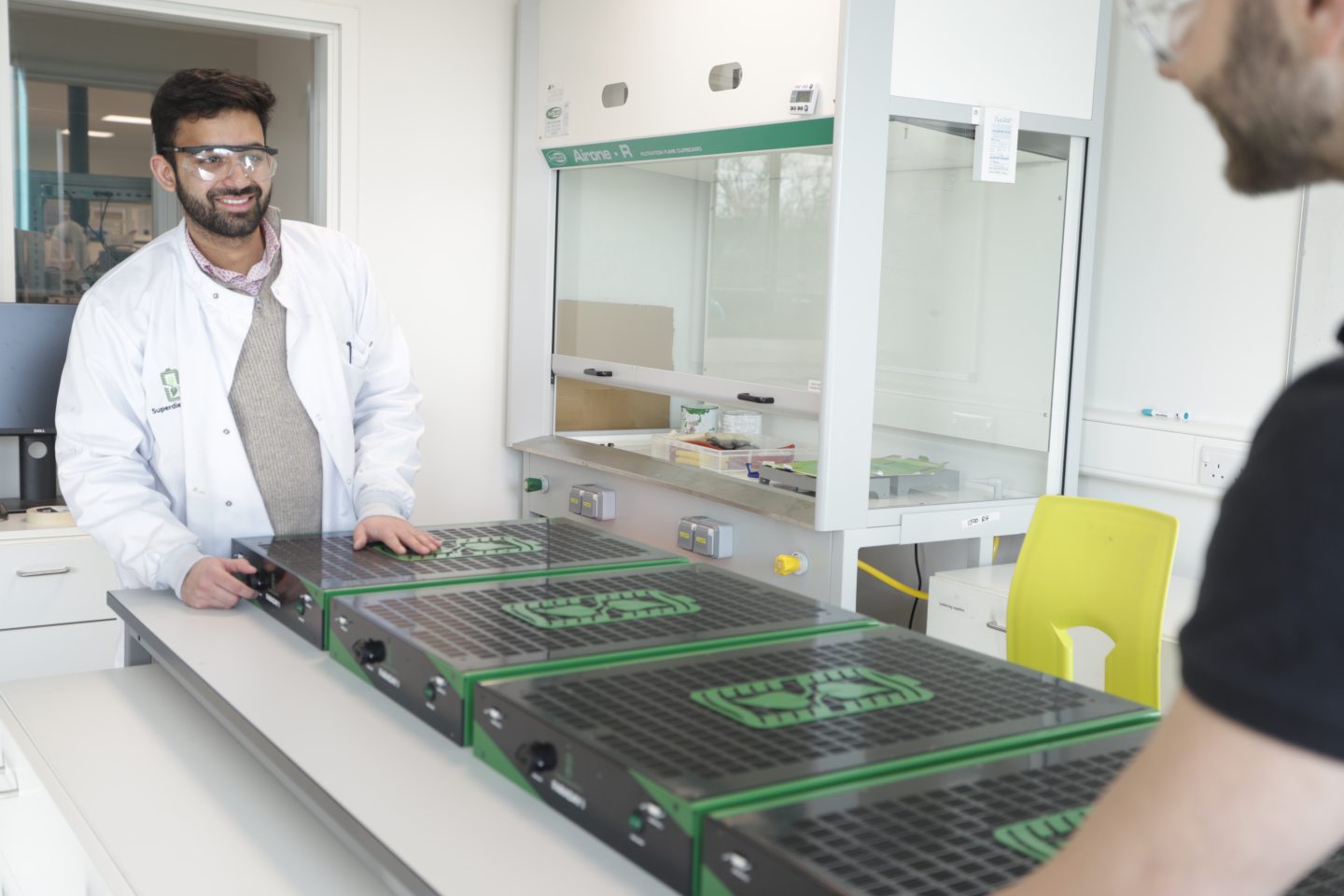 © Supplied by Superdielectrics
© Supplied by SuperdielectricsSuperdielectrics chief executive Jim Heathcote said the collaboration with E.ON will “accelerate the development of our technology and bring it into production far sooner”.
“We believe that our technology has the potential to revolutionise power generation and consumption and deliver enormous environmental and cost benefits to millions of people,” he said.
E.ON Next chief commercial officer Julian Lennertz said the firm is always looking for and encouraging new technologies.
“Superdielectrics’ technology could be a vital part of creating a cleaner, lower-cost energy future for everyone,” Lennertz said.
Gelion announces sulphur battery breakthrough
Australia-headquartered battery technology developer Gelion has announced significant advancements in the development of its sulphur battery technology.
Gelion said recent collaboration with the Max Planck Institute (MPI) in Germany has yielded improved power capability, greater longevity and “industrially relevant results”.
The London-listed firm said it has been “actively engaging” with potential corporate strategic partners to accelerate the commercialisation of its sulphur technology.
Gelion said it has now agreed the terms of a materials testing agreement with a tier-1 battery manufacturer.
The company is focused on market propositions for drones and transportation as well as grid and remote energy storage sytems.
Gelion chief executive John Wood said the improved results show the firm’s commitment to advancing its sulphur battery technology to the market.
“The traction with potential globally significant industrial players is now moving very quickly, I look forward to continuing to update the market as we progress,” Wood said.
Charging Forward, bringing you the latest in UK and international energy storage news, is kindly sponsored by ABB BESS-as-a-Service.


